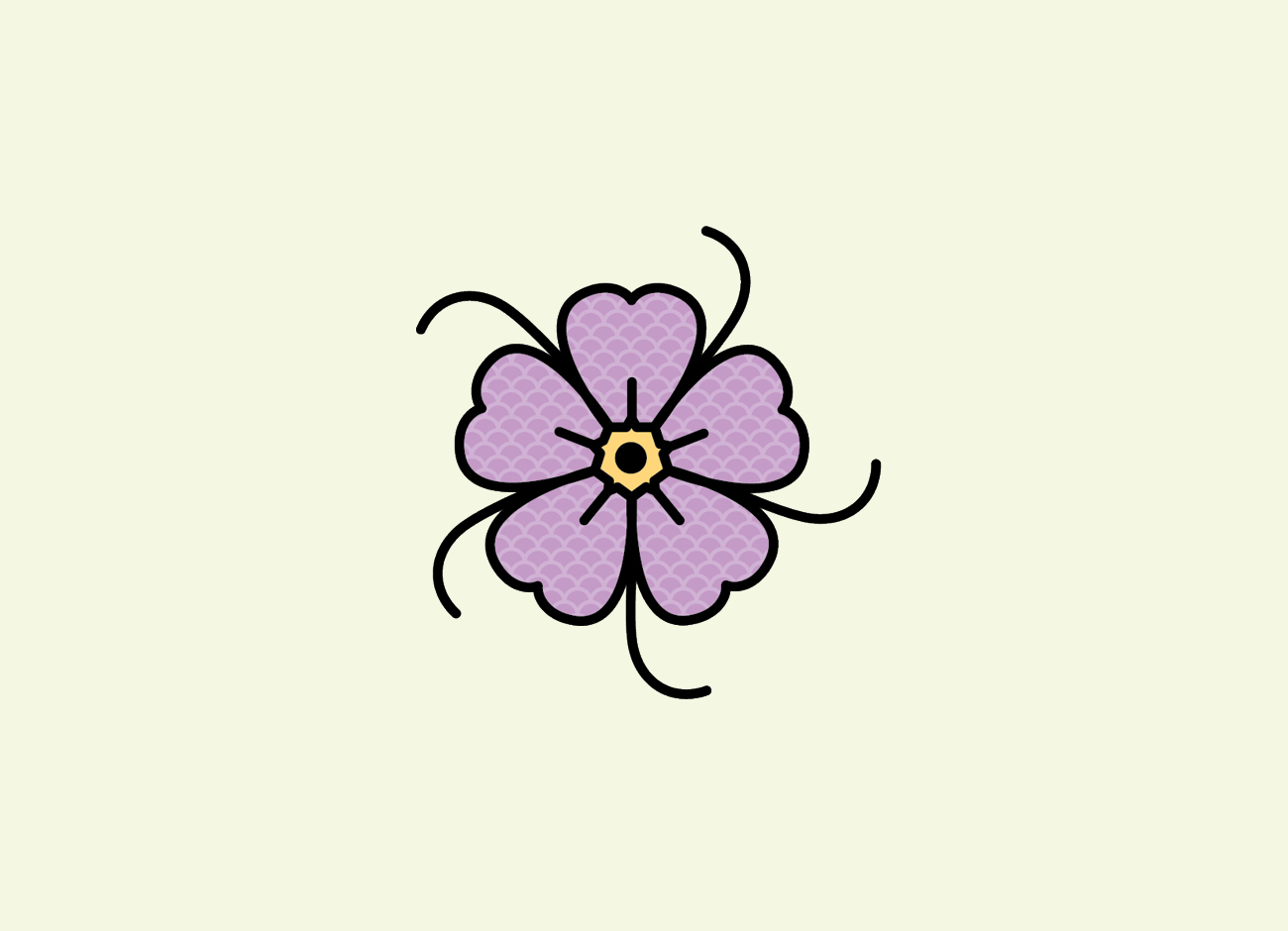A Rare Find

When Leila Schultz first came to Utah State University in the fall of 1973, it was all the assistant curator of the Intermountain Herbarium could do to wait until spring so she could experience some of the unique plants the state has to offer.
“Ten percent of the species that we have here are considered quite rare,” she says. “It’s one of the most interesting floras in the United States.”
After consulting with longtime herbarium curator Arthur Holmgren, Schultz put the Maguire primrose at the top of her list of native plants to try and see when in bloom in springtime. First classified by botanist Louis O. Williams in 1936, the Maguire primrose, or Primula maguirei, was named for Bassett Maguire who founded the Intermountain Herbarium in 1932. At the time, the perennial had never been seen outside of Logan Canyon, primarily in a few areas surrounding a 9-mile-long corridor of U.S. Highway 89.
The Maguire primrose ranges from about 2 to 4 inches in height, and its flowers are typically lavender in color. Normally found in bloom from late April to the third week of May, the plant has
been spotted at elevations between 4,800 and 6,000 feet, mostly on north- and east-facing dolomite cliff faces and boulders where moss is prevalent.
It was on a difficult-to-reach cliff face near Wood Camp Hollow Campground that Schultz had her first encounter with the plant in 1974.
“You usually have to do a lot of bushwhacking or use a spotting scope to find it,” Schultz says. “And you’re never at a place where you just stand and touch it. That’s pretty rare.”
In an effort to determine if the Maguire primrose is endemic to Logan Canyon, Schultz has searched numerous places throughout Utah, Idaho, and Wyoming with similar conditions. But as far as she knows, the plant has never been spotted anywhere else, and because of its scarcity the Maguire primrose was listed as a threatened species in 1985.
At the time, the proposed widening of the highway in Logan Canyon was considered the plant’s primary danger, with rock climbers coming next. However, local climbing groups largely embraced
conservation of the plant, while environmental groups successfully lobbied against the highway expansion.
Schultz now views the Maguire primrose’s biggest threat as a recent proposal by the Utah Division of Wildlife Resources to introduce mountain goats to the Bear River Range, a non-native species
renowned for its climbing abilities.
“They’ll hop around and find those places,” she says. “It’s as plain as the nose on my face that the Maguire primrose will be among the plants that are eaten.”
Technically retired since 2006, Schultz winters in her native Oklahoma but returns to Cache Valley each spring to teach field classes. The author of the popular Pocket Guide to Sagebrush, Schultz hopes to continue sharing the Maguire primrose and the flora of Utah with students for years to come.
“I certainly won’t leave it until I have to,” she says.





